Growing your own food is the ultimate “eat local”

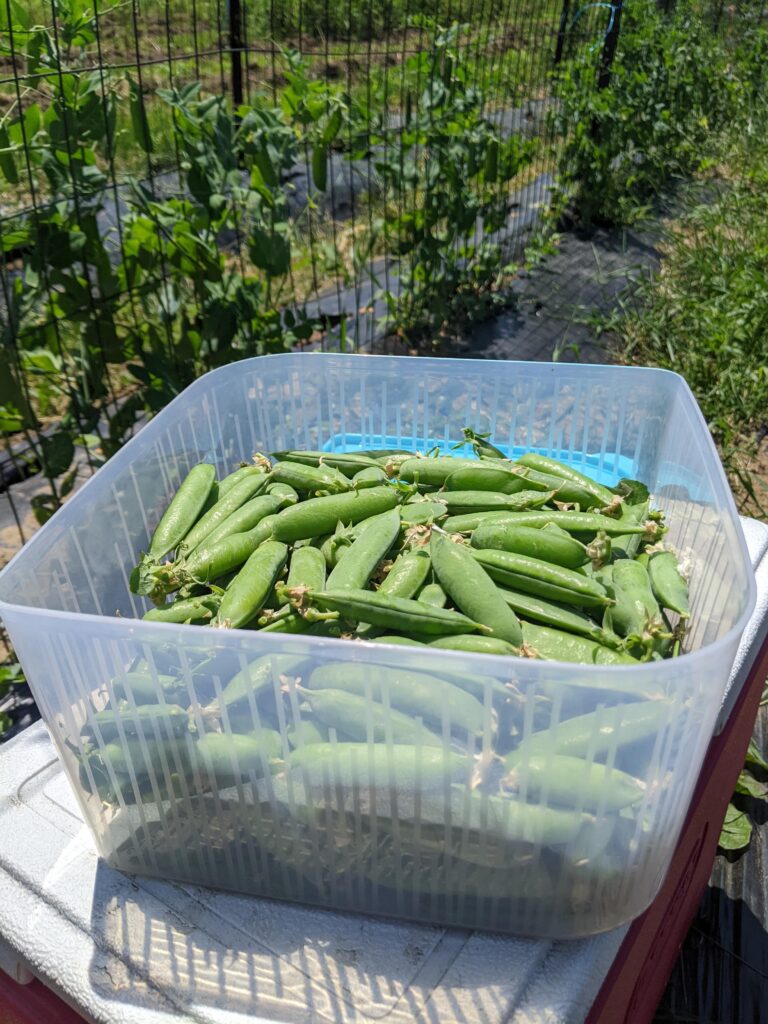
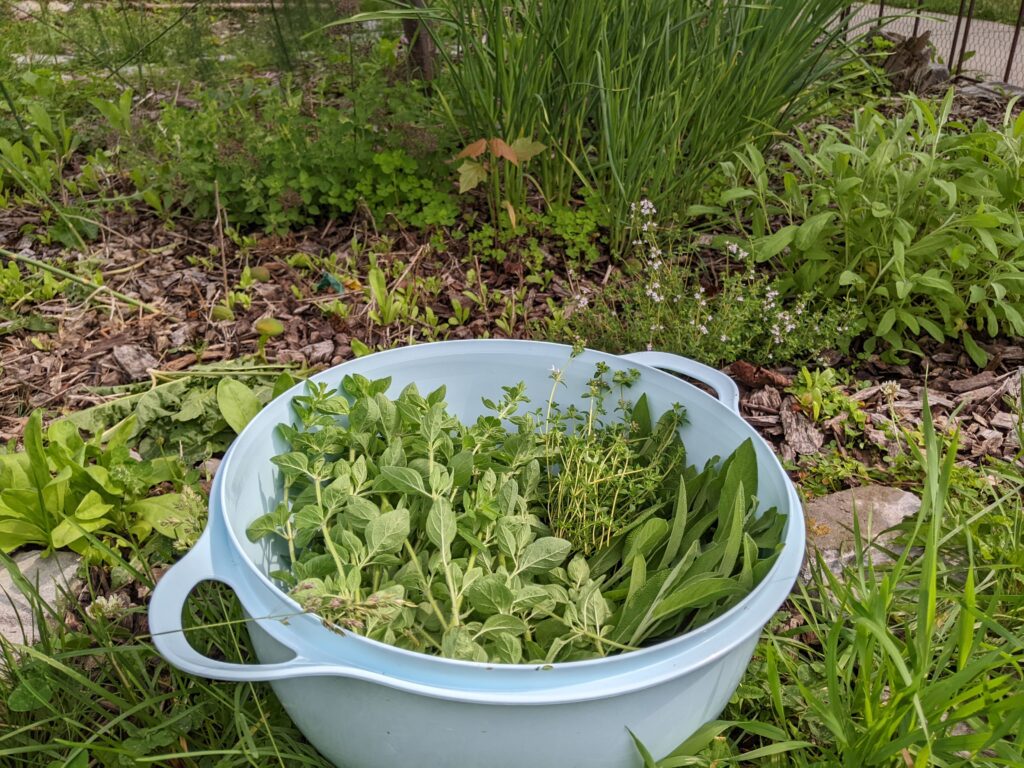
Fresh fruits and vegetables are so good for you, but they can be costly to buy, especially when not in season. Frozen or canned fruits & veggies can be good options, but growing your own is a great way to get fresh food, packed with nutrients without having to spend a lot. Not only is the food itself nutritious, but the process of growing can be nourishing in a lot of ways: spending time outdoors, moving your body, feeling connected to the earth, watching something grow, sharing with others, creating community.
Start Small
If this is your first introduction to growing food, start small, literally. Seedlings from nurseries are a very costly way to grow a garden, so starting from seeds is the way to do it for cheap–plus it’s so much more satisfying and empowering when you grow it from start to finish.
Look for ways to get seeds for free or cheap like local seed swaps or seed libraries, or trade for seeds with friends and neighbours. Most home improvement, grocery, or department stores won’t have their seeds out for sale until it’s getting too late plant many favourites like tomatoes and peppers, so ordering online from a seed supplier can be a great option if you can’t find any for free. You can uaually order online well before local stores start offering them so you’ll be able to start seedlings with enough time to literally see the fruits of your labour before the growing season ends.
Don’t try to grow too much in your first year. Start small. Choose just a few vegetables and herbs that you know you will eat. It’s easy to buy way too many seeds and if you try to grow everything in the first year you’re more likely to get overwhelmed.
10 Easy Vegetables to Grow for First Time Gardeners:
- Spinach
- Lettuce
- Radishes
- Carrots
- Peas
- Cherry tomatoes
- Beans
- Kale
- Zucchini
- Swiss Chard
Some Canadian online seed suppliers to get you started:
What is a Growing Zone?
Once you have your seeds, you’ll need to know when you should plant them. If you’re in a zone with a shorter growing season, starting seeds indoors and then “hardening” them before planting outside will give you some flexibility when it comes to what you can grow. You can find out which growing zone you’re in with a quick Google search, then Google “last frost date (your town/city)”.
Once you know your last frost date, you can figure out when to plant indoors, when to transplant, and what to plant directly outside from seeds. Check the seed package for “start indoors x weeks before last frost” or “sew outdoors when…” and if that info isn’t printed on the package, back to Google you go! Search for that specific variety (“Purple Zebra Tomatoes” vs. “Tomatoes”) and “weeks before last frost” or “when to plant” and you should find your answers.
I start with my last frost date (which is May 5th) and count back 14 weeks, then plan out when to plant my seeds based on what the seed package says or what Google tells me for that variety.
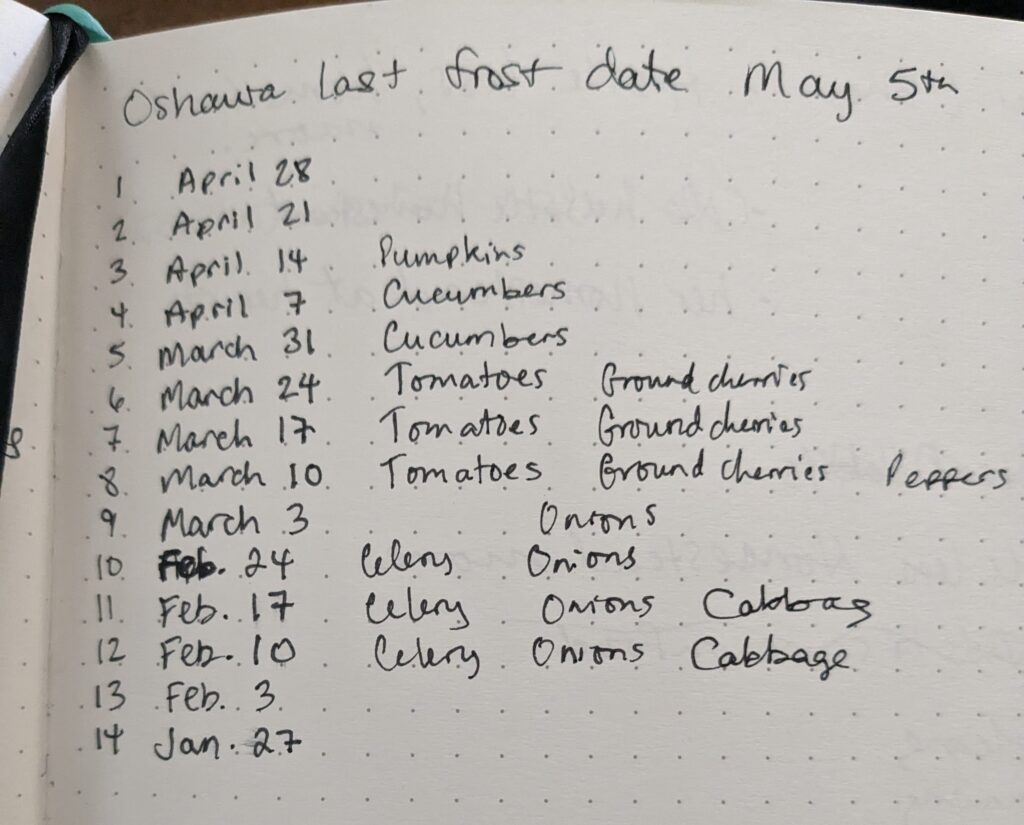
No land? No problem!
If you don’t have access to a yard, that’s totally ok. I didn’t have a yard when I started growing food either and I found that you can grow quite a lot in containers on a tiny urban balcony. If you don’t have a balcony you can grow some food entirely indoors near a sunny window, or with an LED light if there’s no good source of natural light.

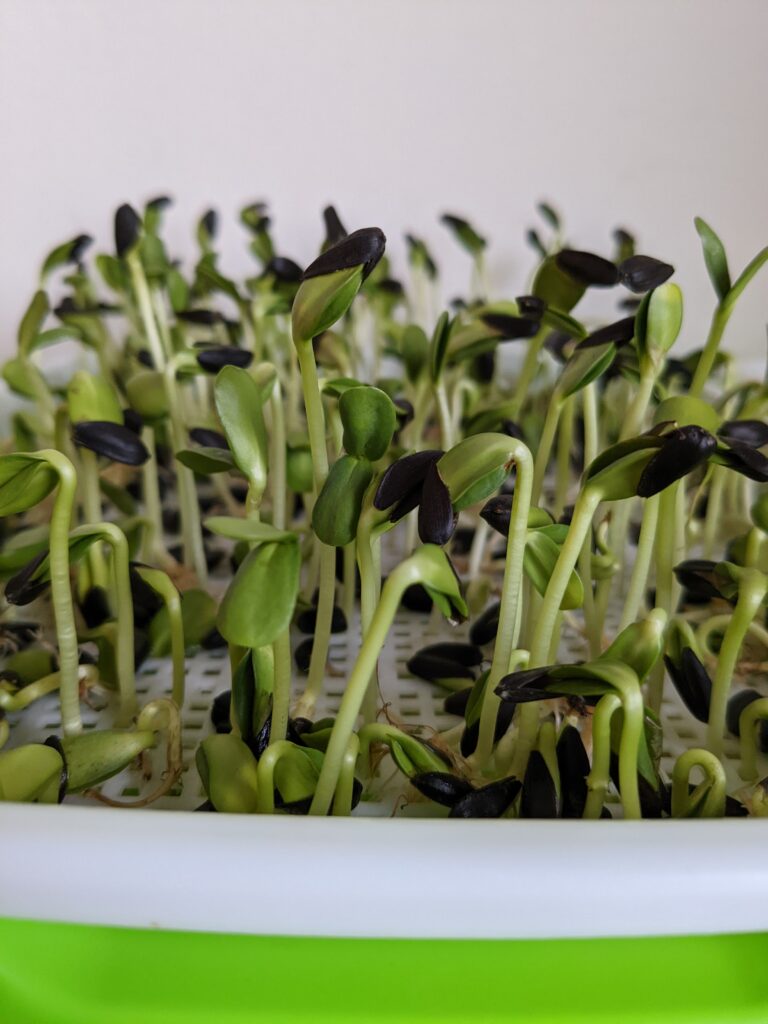
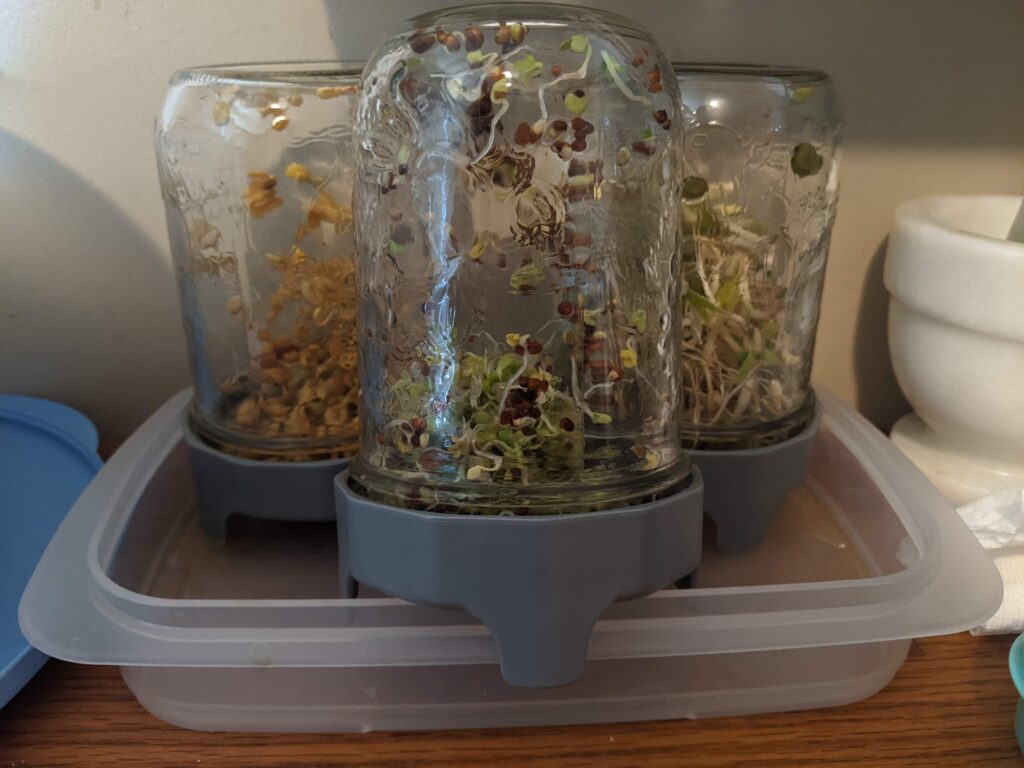
You also don’t need to spend a fortune to get started. Use what you have! Buckets, plastic bins, egg cartons, yogurt containers, and other things that might have been thrown away can be repurposed into pots, starters for seedlings, and jars for sprouts.
Another great option: find out whether or not your municipality offers community garden plots. Or speak to your neighbours and you might find that there are quite a few people interested in getting involved in creating one.
Finding food
There is food growing all around us. Yes, even in the city or suburbs — you just need to learn what to look for! In your neighbourhood you might find dandelions, black raspberries, wild grapes, mulberries, and more. The Neighborhood Forager is a great starter for the foraging-curious. You can also look for local groups and organizations that lead edible plants educational walks.
If you’re really lucky you might find a local organization similar to Not Far From the Tree (in Toronto, ON). Through NFFTT, volunteers pick fruit from local homeowners’ yards (with permission!), and the harvest is split 1/3 for the homeowners, 1/3 for a local social service agency, and 1/3 for the volunteers.
Experiences like this can train your eyes to see the food that is hiding in plain sight in your neighbourhood too!
What About Winter?
Learn what you can grow indoors year-round!
